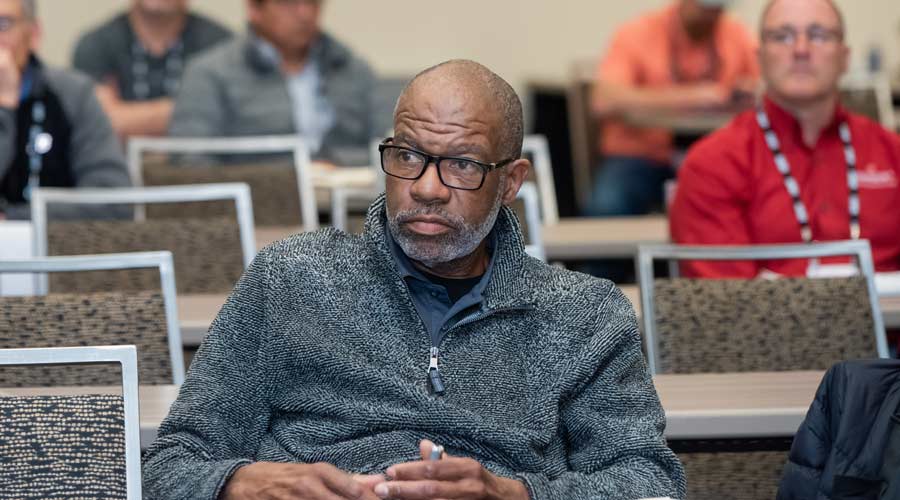Enhanced interventions (i.e., masking, physical distancing, hand hygiene, surface disinfection) to reduce the spread of Covid-19 have resulted in a significant decrease in the incidence of other communicable diseases including viral gastroenteritis and respiratory illnesses (e.g., influenza).
Importantly, while SARS-CoV-2 is primarily spread by aerosols in buildings occupied by large numbers of individuals, such as schools, daycare centers and office buildings, contaminated surfaces may also play a role in transmission.
Studies have demonstrated that SARS-CoV-2 can survive on hands for hours and on environmental surfaces for from hours to days. Thus, indirect transmission via hands may lead to infection by endemic coronaviruses. Studies also have shown that SARS-CoV-2, influenza, RSV, and endemic coronaviruses that cause respiratory tract infections are rapidly inactivated by almost all commonly-used, EPA-registered disinfectants when used according to directions.
Another potential concern is re-aerosolization of respiratory viruses after they have settled onto surfaces. This may occur by air movements in indoor environments or through human activity (i.e. walking on a floor). Such aerosolized viruses may cause infection if inhaled.
A new class of salinated polymeric compounds have been shown to be effective against these viruses for at least 24 hours. These “continuously acting compounds”, in addition to regular cleaning and disinfecting, help reduce the risk of virus transmission in indoor environments.





